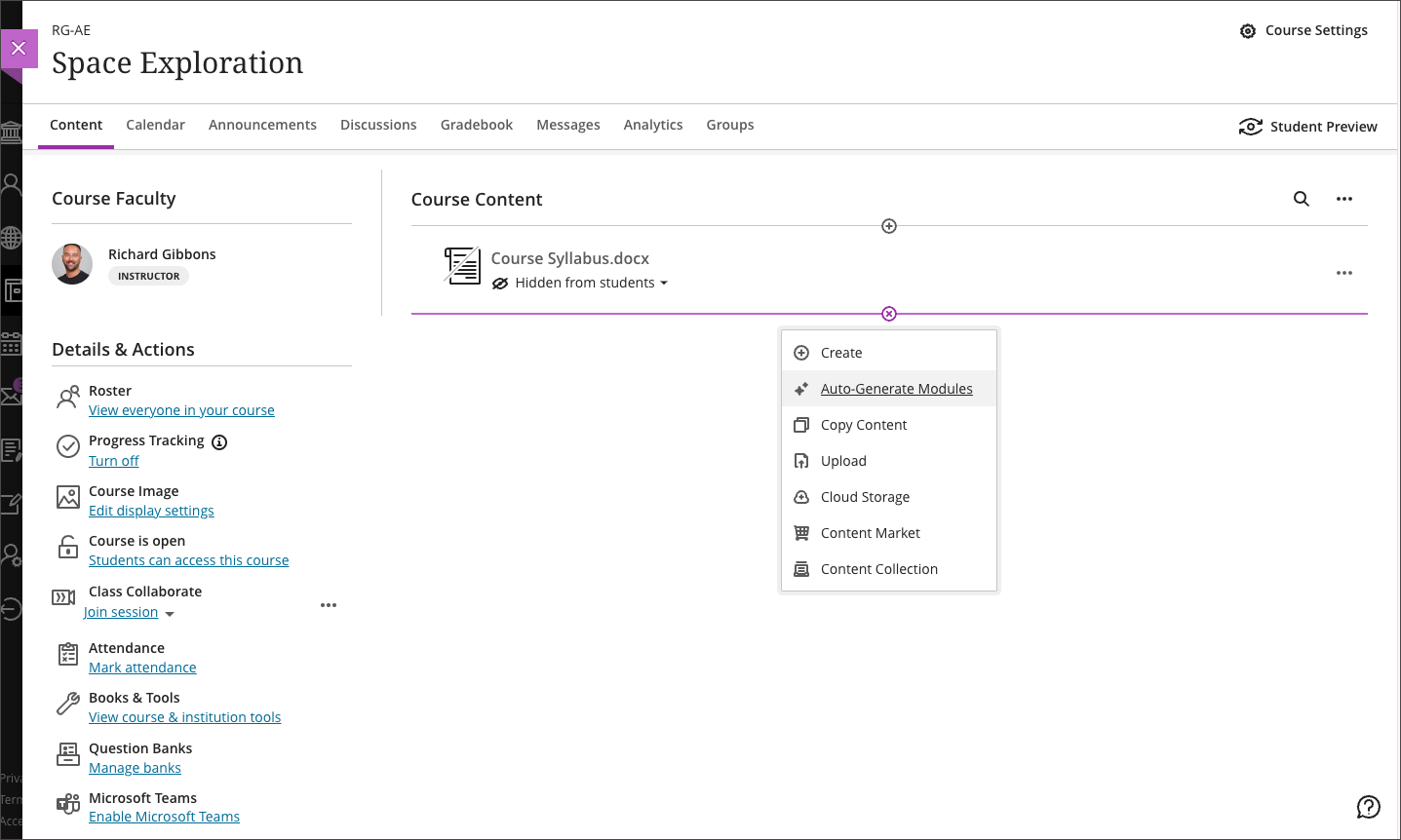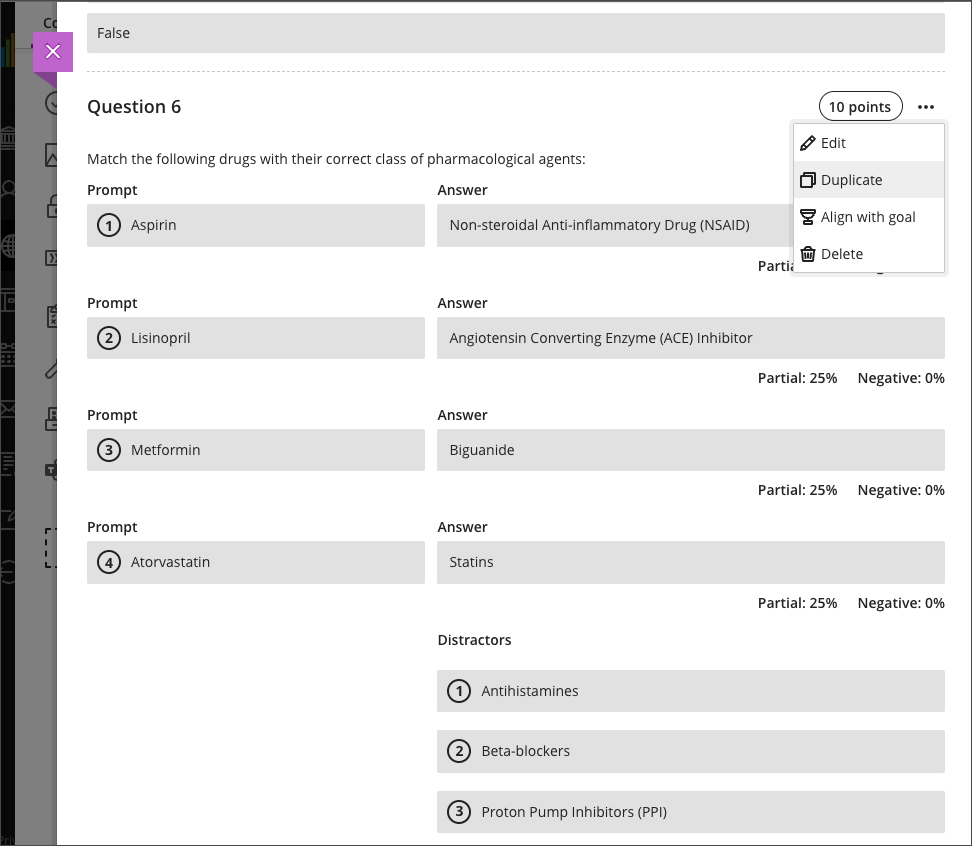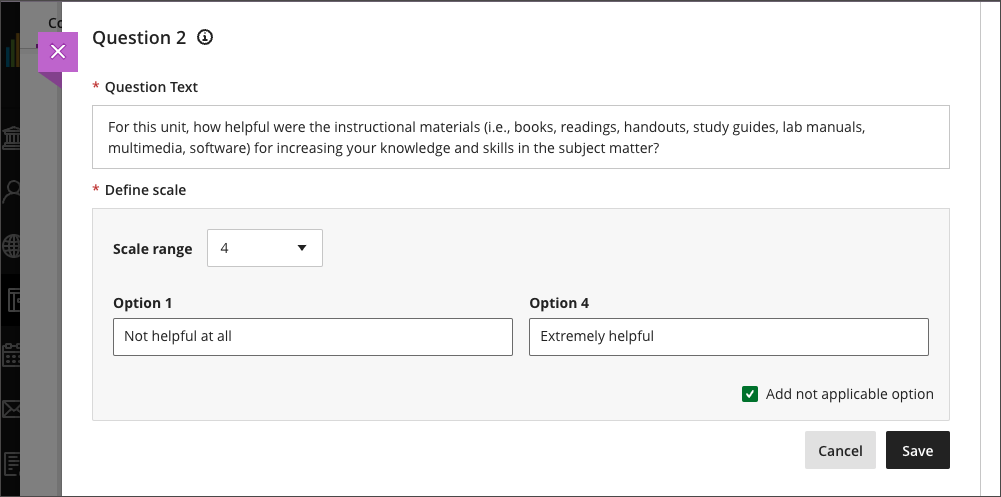Student feedback remains visible to students regardless of release condition settings
Now, instructors can set release conditions without any impact to feedback to students.
In the past, when an instructor selected the option to hide content, students could view associated grades but not the feedback. We have corrected this to ensure that students can always review feedback.
Anonymous posts for Discussions
An option for instructors to allow anonymous posts in ungraded discussions has been added, providing flexibility for instructors as they can toggle anonymity on or off as the discussion progresses. Any existing anonymous posts keep their anonymity.
Usability improvements for flexible grading
All these enhancements target improved usability and efficiency.
The attempt selector has relocated, meaning that it is now nearer to the attempt grade pill to improve visibility and efficiency. This allows instructors to switch between a student’s attempts during grading.
The grading interface now displays a single grade pill. This provides a more intuitive grading workflow. The single grade pill also prevents accidental grade overrides.
Overriding the final grade is now an explicit grading option. The three-dot menu next to the attempt grade pill now includes an Override Final Grade option. When selected, an Override label appears above the grade pill. Here, the instructor can adjust the final grade for the submission.
Add question feedback when grading by student in Flexible Grading
Instructors can now provide contextual feedback by students on all question types. Question level feedback complements the existing capabilities of overall submission feedback and automated feedback for auto-graded questions.
Once students have submitted their tests and scores are posted, students can access the feedback. Students can access both overall feedback and question-specific feedback.
Calculations changed from using BigDecimal to BigFraction
The software library used to perform calculations in calculated columns and the overall course grade has now been changed.
Example: A course contains 3 assignments worth 22 points each. The student scores 13/22 on the first assignment, 14/22 on the second assignment, and 15/22 on the third assignment. An instructor creates a calculated column to calculate the average of these assignments.
Using the new software library, BigFraction, the average will calculate as 14/22.
With the former software library, BigDecimal, the average would incorrectly calculate to 13.99/22. The new software library ensures calculations compute as expected.


